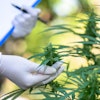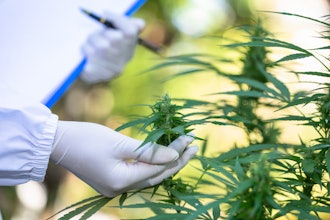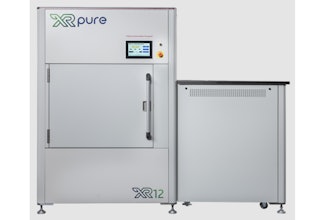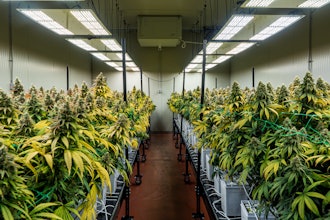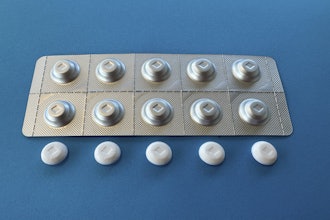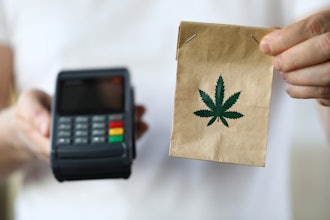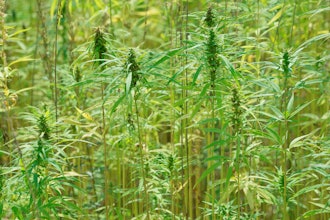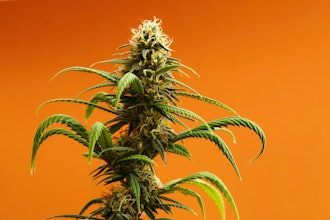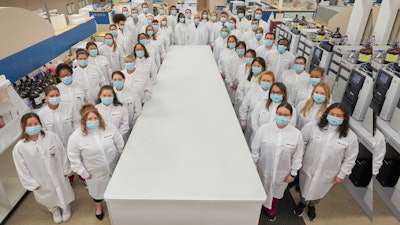
ACS Laboratory, a hemp and cannabis testing facility based the eastern U.S., announced the National Hemp Testing Panel.
One year after the United States Department of Agriculture (USDA) issued its final rules on hemp, various states enacted their own regulatory programs. For example, states such as Florida, New York, Colorado, Pennsylvania, and Utah created specific testing rules that hemp growers and brands must follow, some more comprehensive than the USDA's mandates.
The diverse regulations mean multi-state hemp operators need reliable support to remain compliant. Hemp supply chain companies need qualified third-party laboratories that meticulously follow nuanced laws to ensure their products are permissible across the country. End-users also deserve the safest, highest quality products–regardless of where they reside.
Although ACS Laboratory foresees federal legalization for cannabis in the future, it may be years before national laboratory standards are created. The National Hemp Testing Panel is ACS Laboratory's solution to meet all the state standards for nationally sold hemp products.
ACS Laboratory researched the fine print of every state's rules for hemp sampling, THC potency, cannabinoid content, residual solvents, pesticides, mycotoxins, heavy metals, and microbiology. With that research, they created elaborate matrices to compare each mandate.
Using the data collected, ACS Laboratory extracted the strictest requirements per category to create the National Hemp Testing Panel and corresponding Certificate of Analysis. With the National Hemp Testing Panel, ACS Laboratory tests for 18 cannabinoids, 105 pesticides, 24 heavy metals, 55 potential residual solvents, 17 different microorganisms, and every required mycotoxin to detect parts per billion, as well as for moisture content, water activity and terpenes (upon request).

